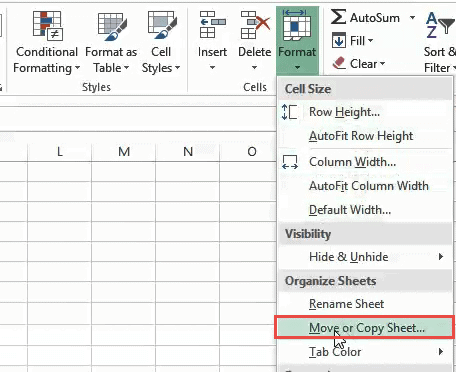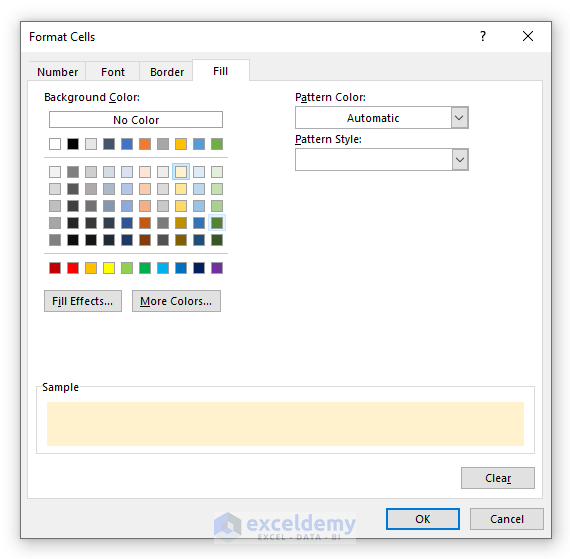5 Ways to Detect Duplicates in Excel Across Sheets

Detecting duplicate values across multiple sheets in Microsoft Excel can be quite the challenge, particularly if you're dealing with large datasets. Whether you're organizing financial data, managing inventory, or tracking project statuses, ensuring the accuracy of your data by identifying and removing duplicates is key to maintaining effective spreadsheets. In this comprehensive guide, we'll explore five efficient methods to find and handle duplicates across various sheets in Excel.
Using Conditional Formatting

Conditional formatting is a user-friendly tool to visually pinpoint duplicates in Excel. Here’s how you can do it:
- Select the Range: Choose the column or range where you want to detect duplicates. If you're looking across sheets, start with one sheet and extend the process.
- Apply Conditional Formatting:
- Go to Home tab > Conditional Formatting > New Rule.
- Choose "Use a formula to determine which cells to format."
- Enter a formula like
=COUNTIF(Sheet1:Sheet3!A:A,A1)>1for column A across three sheets. - Set a format for the cells (e.g., highlighting them in a different color).
✅ Note: Ensure the sheets where you want to find duplicates are contiguous, and the formula correctly references those sheets. If they are not adjacent, you'll need to list them individually in the formula, like COUNTIF(Sheet1!A:A,A1) + COUNTIF(Sheet2!A:A,A1) + COUNTIF(Sheet3!A:A,A1)>1.
Using the COUNTIF Function Across Sheets

This method employs Excel’s powerful COUNTIF function to identify duplicates by counting occurrences:
- Formula: In a new column in any sheet, use a formula like
=COUNTIF(Sheet1:Sheet3!A:A,A1)to check duplicates in column A across three sheets. - Interpret the Results: A value greater than 1 indicates a duplicate.
Using Advanced Filter

Excel’s Advanced Filter tool can be handy for isolating unique or duplicate values:
- Setup: You'll need a helper column to consolidate data from all sheets.
- Filter for Duplicates:
- Copy and paste all data into one sheet.
- Click Data > Advanced.
- Choose "Copy to another location," select your list range, and specify the criteria for duplicates.
- Set the copy-to range and click "Unique records only" to find non-duplicates.
Utilizing VLOOKUP to Match Across Sheets

VLOOKUP can help you compare data between sheets:
- Create a Lookup Table: List all unique values in one sheet to serve as your lookup table.
- VLOOKUP Formula: Use
=IF(ISNA(VLOOKUP(A1,Sheet2:Sheet3!A:A,1,FALSE)),"Unique","Duplicate")to identify duplicates.
Power Query

If you’re dealing with data from external sources or want to automate the process:
- Import Data: Use Power Query to pull in data from all relevant sheets.
- Append Queries: Combine all sheets into one table.
- Detect Duplicates: Use the "Remove Duplicate" feature or create a custom column to flag duplicates.
Each of these methods has its strengths and applications, depending on the size of your data, how complex your needs are, and your level of comfort with Excel's functions. Let's delve deeper into how you can implement these methods effectively.
Implementing Conditional Formatting

To use conditional formatting to identify duplicates across sheets:
- Select the data range in your target sheet. Ensure it matches the data structure in other sheets.
- Go to Home > Conditional Formatting > New Rule and select "Use a formula to determine which cells to format."
- Type in the formula with the reference to the other sheets, like
=COUNTIF(Sheet1:Sheet3!A:A,A1)>1. - Format the cells by choosing a color or style that stands out.
📝 Note: Be cautious with large datasets, as applying conditional formatting across multiple sheets can slow down Excel.
Using COUNTIF Effectively

Here’s how to use COUNTIF to detect duplicates:
- Select a column adjacent to your data where you want to show duplicates.
- Type the formula
=COUNTIF(Sheet1:Sheet3!A:A,A1)to count occurrences across the specified sheets. - Drag the formula down to apply it to all rows in your dataset.
| Data | Duplicates Count |
|---|---|
| Apple | 2 |
| Banana | 1 |
| Apple | 2 |

Advanced Filter for Data Cleaning

Advanced Filter can clean up your data from duplicates across sheets:
- Create a temporary sheet where you paste data from all relevant sheets.
- Use the Advanced Filter dialog to filter out unique records or to list duplicates.
Using VLOOKUP for Complex Sheets

When dealing with multiple sheets where the data structure varies:
- Set up a sheet with unique identifiers for each record to use as your lookup table.
- Apply VLOOKUP with an IF statement to flag duplicates or uniques based on the presence of the value in other sheets.
Power Query for Data Consolidation

Power Query is especially useful for Excel users who want to automate their data management:
- Import Sheets: Use the "From Table/Range" option in Power Query to import data from each sheet.
- Combine Data: Use "Append Queries" to bring all sheets into one dataset.
- Duplicate Detection: Apply Power Query's "Remove Duplicate" option or create a custom column that marks duplicates.
By understanding and applying these methods, you can ensure your Excel spreadsheets are free from duplicates, improving data integrity and your workflow. Whether you choose conditional formatting, COUNTIF, VLOOKUP, Advanced Filter, or Power Query, each technique has its place in the arsenal of an Excel user tackling data redundancy.
💡 Note: Regularly reviewing and updating your methods to detect duplicates can save time in the long run and enhance data quality.
Integrating these techniques into your regular data management routine will help maintain clean datasets, streamline analysis, and ensure the consistency of your Excel workbooks. Remember, the choice of method should be influenced by the size and complexity of your data, your familiarity with Excel functions, and the specific goals you want to achieve with your data set.
Can I use these methods for detecting duplicates in Excel Online?

+
Yes, most of these methods work in Excel Online, with some limitations due to Excel’s web version not supporting all advanced features like Power Query fully.
How can I prevent duplicates from being entered in the first place?

+
You can use data validation rules to set constraints on what can be entered into cells. For instance, allowing only unique values or preventing duplicates from being entered can be configured through the “Data Validation” options in Excel.
What if my sheets are not named sequentially?

+
If your sheets are not named in sequence, you would need to modify your formulas or use the Power Query feature to individually reference each sheet name when appending data or looking for duplicates.
Can I remove duplicates instead of just highlighting or flagging them?

+
Yes, Excel provides an option to remove duplicates directly from the “Data” tab. However, be cautious as this action is irreversible unless you have a backup of your data.
How can I make these duplicate detection methods work for large datasets?

+
For very large datasets, consider using Power Query or writing a VBA script to handle duplicate detection and removal more efficiently, as Excel can become sluggish when performing complex operations on large data volumes.



